23 May 2025
Bilingualism is a gift that keeps on giving. Imagine a child who can comfortably switch between two languages, communicate with different people, and access a broader range of opportunities in life. Sounds amazing, right? Supporting bilingualism in early childhood is one of the best investments parents and educators can make in a child’s cognitive and social development.
But here’s the big question—how do you nurture bilingualism from an early age without overwhelming the child? Is it possible to raise a child who smoothly navigates two languages without confusion? Absolutely! Let’s dig into why bilingualism in early childhood matters and how to effectively support it.
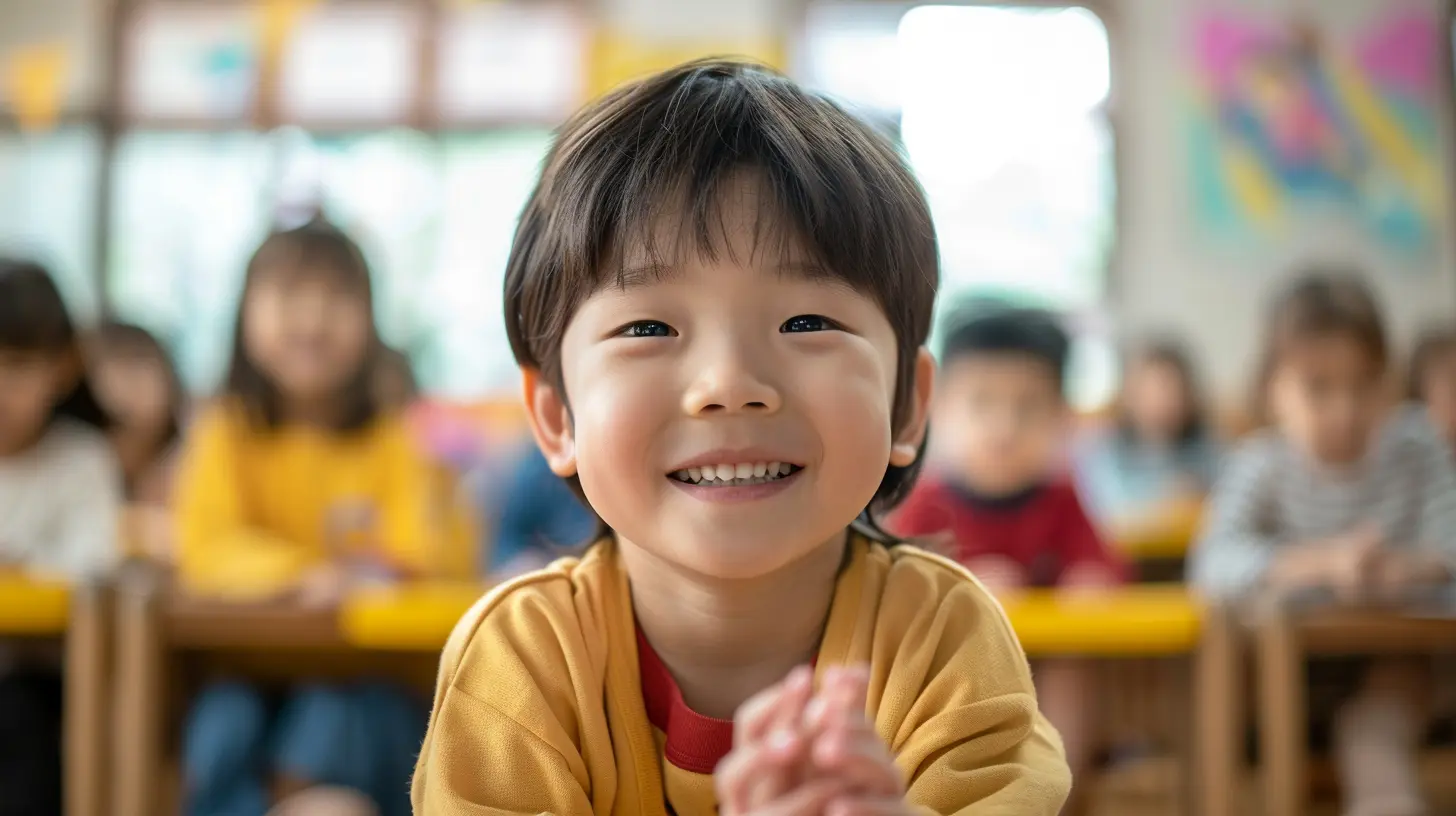
Why Bilingualism in Early Childhood Matters
1. Cognitive Benefits
Did you know that bilingual kids often develop better problem-solving skills? Learning two languages from an early age strengthens cognitive flexibility—the brain’s ability to switch between tasks efficiently. It’s like a mental workout that keeps the brain sharp and agile.Bilingual children also tend to have better memory retention. Since they regularly engage with different sounds, words, and grammatical structures, their brains become wired for adaptability. This cognitive advantage extends into adulthood, helping with multitasking, creativity, and even delaying cognitive decline later in life.
2. Improved Academic Performance
Bilingual children often excel in academics. Studies show that children who speak more than one language tend to perform better in reading, writing, and even math. How? Because managing two linguistic systems enhances their ability to focus, analyze, and process information.Think of it this way—when a child constantly practices switching between languages, their brain becomes skilled at filtering out distractions and absorbing information efficiently. That’s a superpower in academic settings!
3. Enhanced Social and Emotional Skills
Bilingualism fosters empathy and stronger communication skills. Children who grow up speaking two languages are often more culturally aware and adept at understanding different perspectives.Imagine a child who can speak their grandparents’ native language fluently. Not only does this strengthen family connections, but it also instills a deeper appreciation for different traditions, customs, and ways of thinking. In a world that’s becoming more interconnected, bilingualism is a bridge to meaningful relationships.
4. Greater Career Opportunities
Fast-forward a few years—your bilingual child is an adult navigating the job market. In today's globalized world, knowing a second language is a huge asset. Many employers prefer bilingual individuals because they bring cross-cultural communication skills to the table.From international business to healthcare, education, and even government roles, fluency in another language opens doors to exciting career prospects. In short, bilingualism is a lifelong advantage!
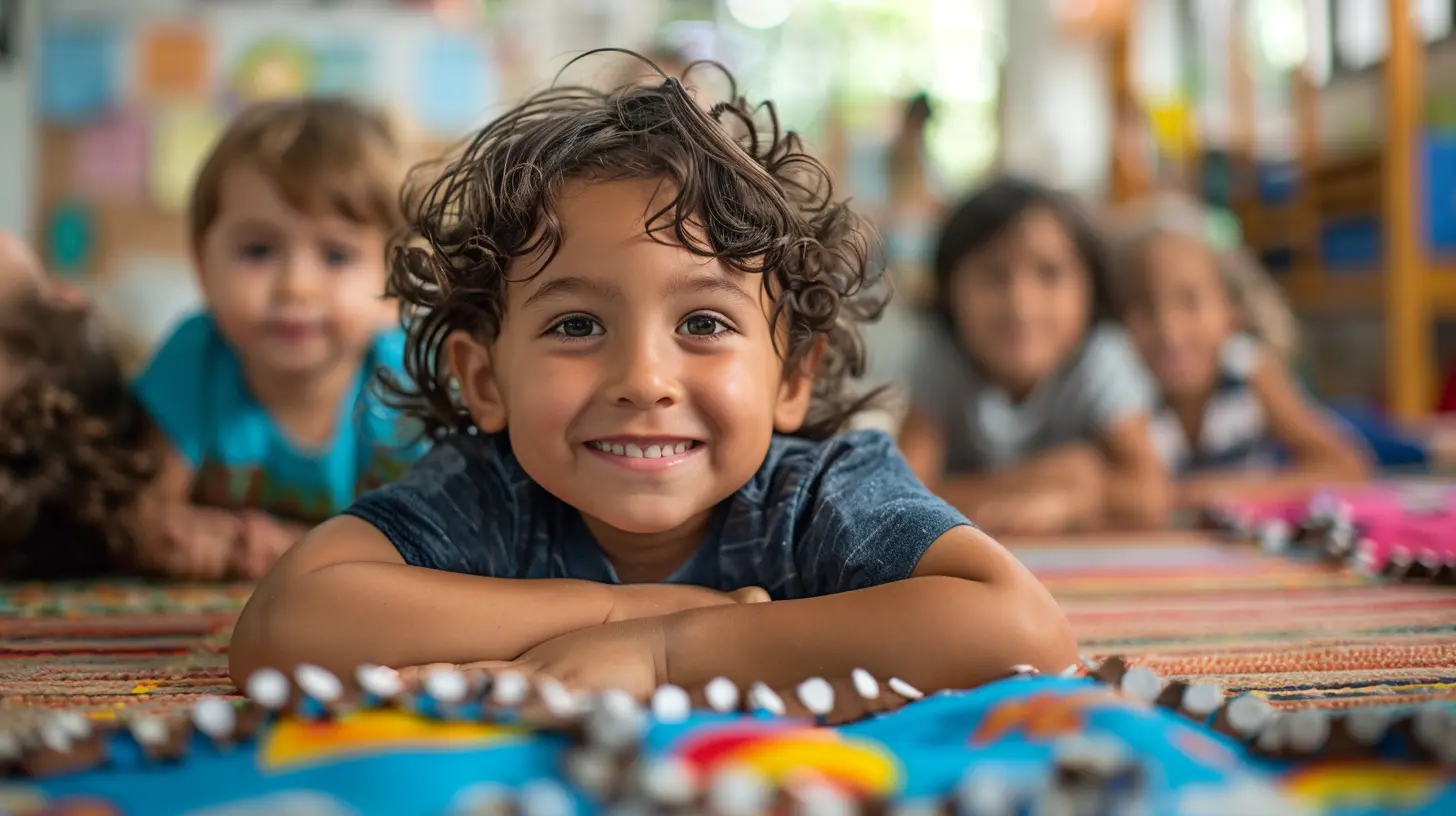
Addressing Common Myths About Bilingualism
Before we dive into how to support bilingualism, let’s debunk some myths that often cause unnecessary worries for parents and educators.Myth #1: Learning Two Languages Confuses Children
One of the biggest misconceptions is that bilingual children get confused and struggle with language development. In reality, children are naturally equipped to learn multiple languages. They might mix languages occasionally, but this is just part of the learning process. Over time, they learn to separate and use each language appropriately.Myth #2: Bilingual Children Have Delayed Speech Development
Some parents worry that teaching two languages might slow down speech development. However, research indicates that bilingual children reach language milestones at the same pace as monolingual kids. While they may spend more time processing words in different languages, they eventually catch up and even surpass their peers in language skills.Myth #3: It’s Too Late to Start After Infancy
While younger children tend to pick up languages more effortlessly due to their brain’s plasticity, it's never too late to introduce a second language. Whether they’re toddlers, preschoolers, or even elementary school students, consistent exposure and practice can help them become proficient bilinguals.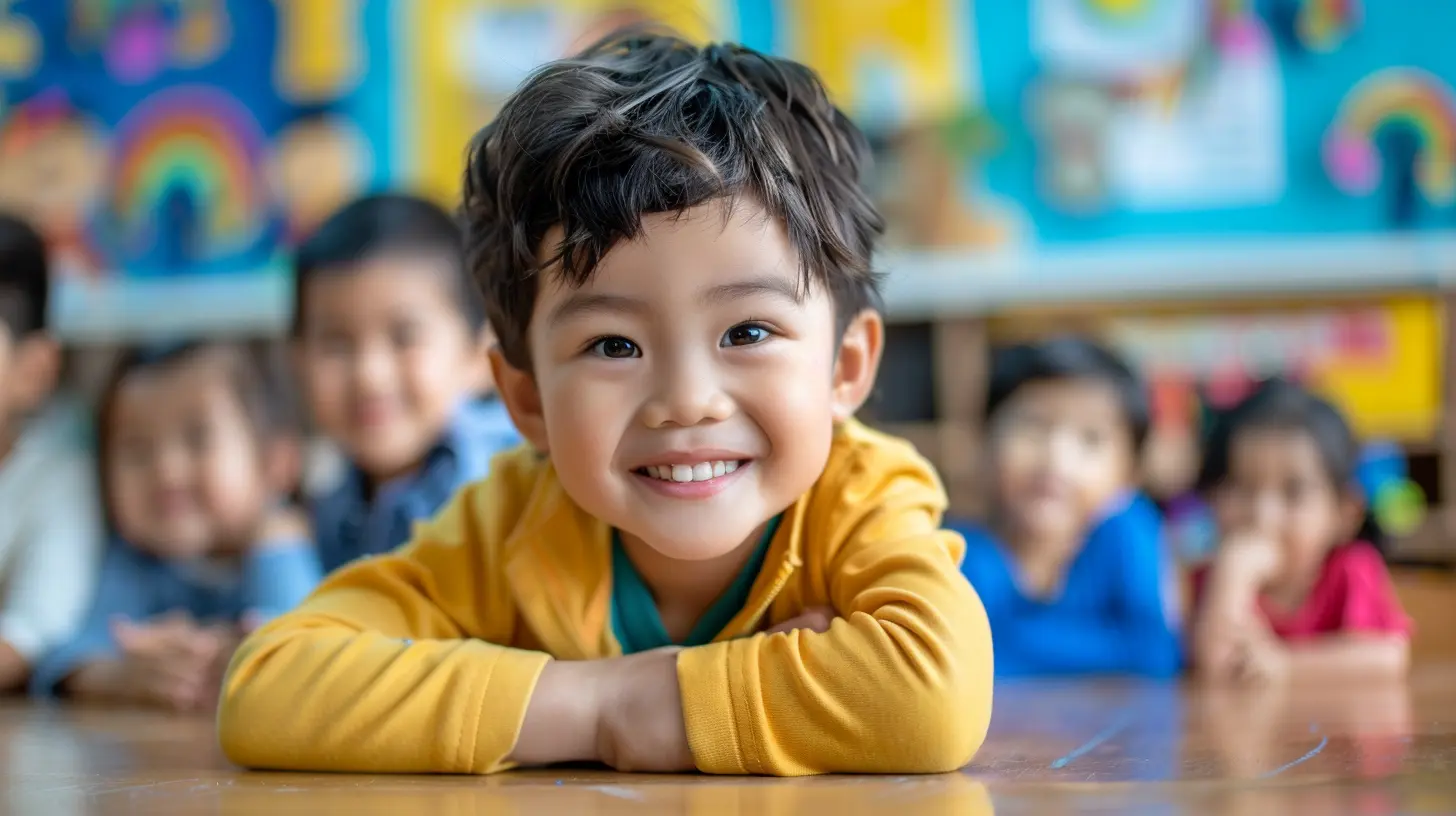
Practical Ways to Support Bilingualism in Early Childhood
Now that we know bilingualism is beneficial, how can parents and educators foster it effectively?1. Start Early and Stay Consistent
The earlier a child is exposed to two languages, the better. Infancy and toddler years are the prime time for language learning. If possible, introduce both languages from birth and use them consistently in daily conversations, songs, and storytelling.2. Use the One Person, One Language (OPOL) Method
One effective strategy is the OPOL approach, where each parent or caregiver consistently speaks a different language with the child. For example, if one parent speaks Spanish and the other speaks English, each parent should stick to their respective language. This helps the child associate each language with a specific person, making it easier to distinguish between the two.3. Create an Immersive Language Environment
Simply exposing a child to a language for a few hours a day isn’t enough. Immersion is key! Surround your child with the target language through books, music, movies, and interactions with native speakers.Consider playgroups or bilingual daycare centers where children can hear and use both languages naturally. The more exposure they have, the more confident they’ll become in using both languages.
4. Encourage Code-Switching Without Stress
Code-switching, or mixing languages in a conversation, is completely normal for bilingual kids. Instead of correcting them every time they mix languages, gently encourage them to use the correct word or phrase while reinforcing their understanding. Over time, they’ll develop the ability to separate and use each language fluently.5. Use Technology and Educational Resources
There are tons of bilingual apps, interactive games, and educational programs that make language learning fun for kids. Platforms like Duolingo, Lingokids, and Little Pim offer engaging activities that enhance vocabulary and pronunciation.Additionally, bilingual storybooks and audiobooks are excellent tools for reinforcing language skills. Bedtime stories in different languages can be an enjoyable way to integrate consistent language exposure.
6. Encourage Real-Life Conversations
Languages grow best through use. Encourage your child to converse with relatives who speak the second language or participate in cultural events where they can practice naturally. Conversations are one of the most powerful tools for language mastery.7. Be Patient and Celebrate Small Wins
Language learning is a journey, not a race. Some days will be more productive than others, and that’s okay! Celebrate small milestones, like your child using a new word correctly or forming a full sentence in their second language. Positive reinforcement goes a long way in building their confidence and enthusiasm.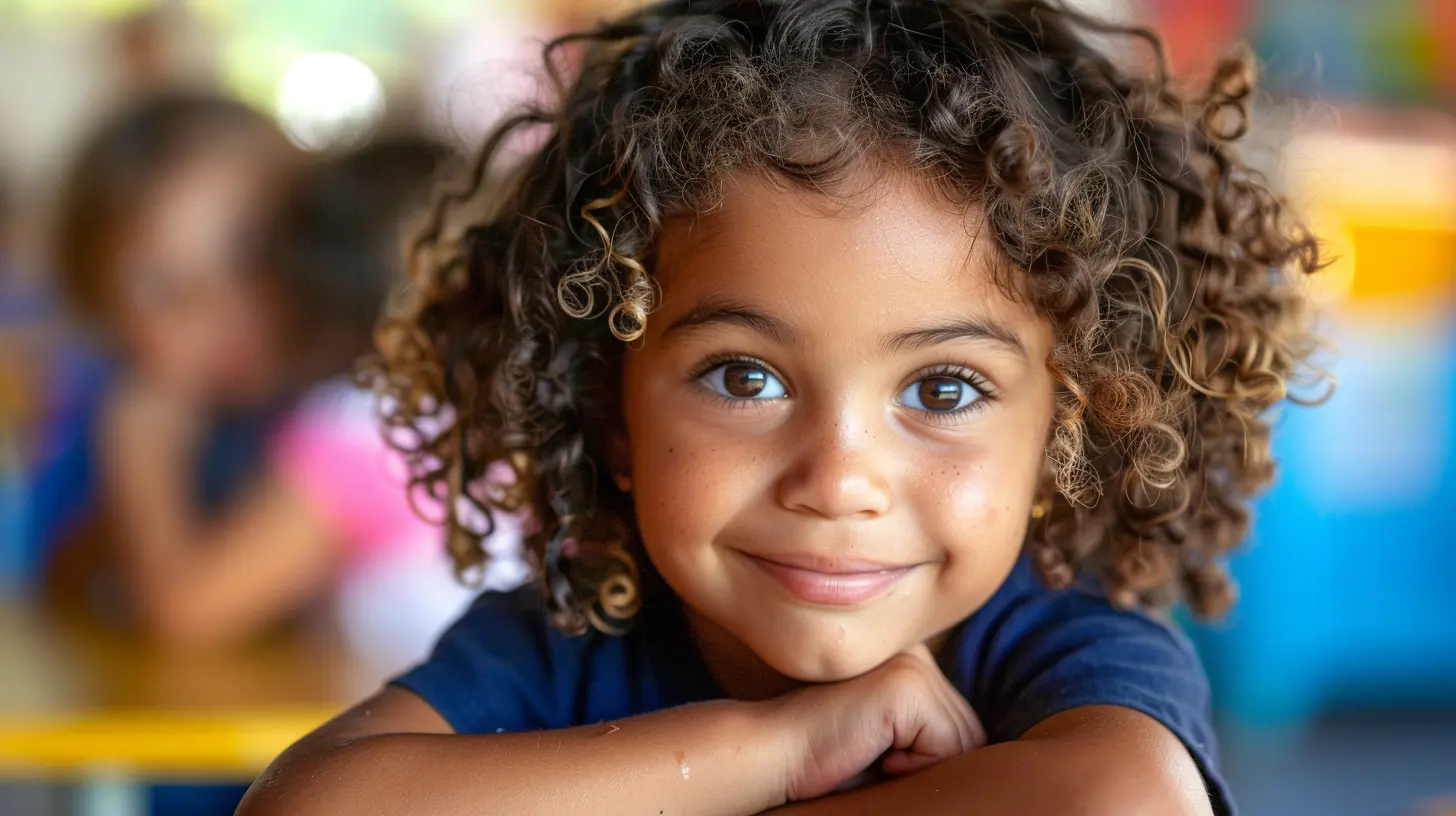
Final Thoughts
Supporting bilingualism in early childhood is one of the best gifts you can give your child. It enhances cognitive development, academic performance, and cultural understanding while opening doors to greater opportunities in the future.Remember, there’s no one-size-fits-all approach. The key is consistent exposure, patience, and creating an engaging language environment. Whether you’re a parent or an educator, nurturing bilingualism can be a fun and rewarding journey for both you and the child.
So, start today! Speak, read, sing, and play in both languages—before you know it, your child will be confidently navigating the beautiful world of bilingualism.


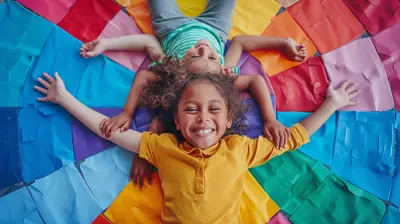


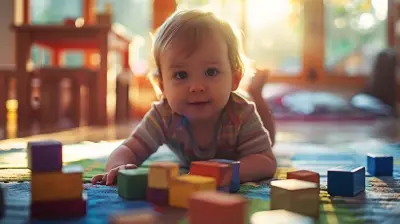


Uriel Sweeney
Embracing bilingualism in early childhood lays a strong foundation for cognitive growth and cultural understanding. Every word learned in two languages enriches a child's world and fosters a brighter, more inclusive future.
November 13, 2025 at 12:59 PM